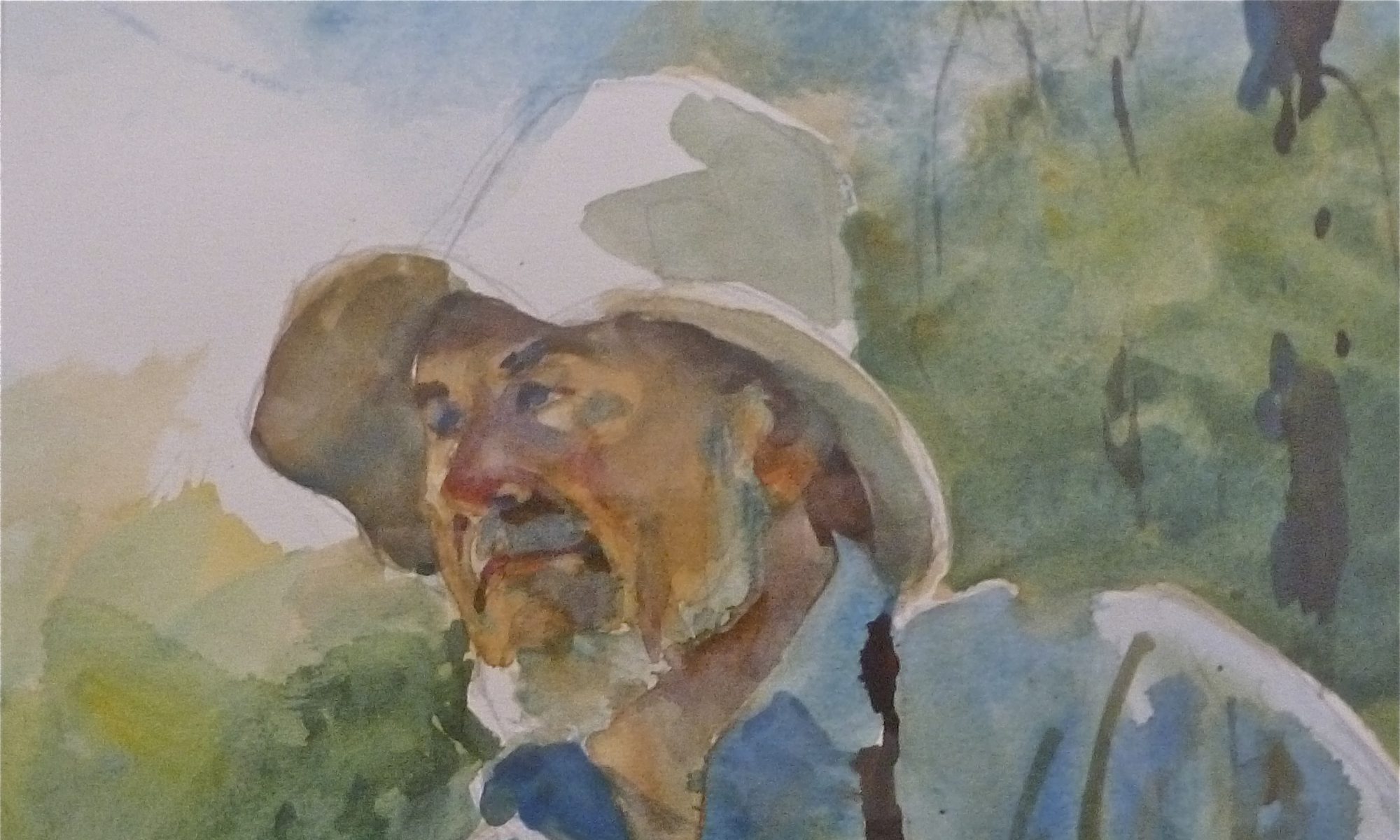I don’t remember the first visit of the Hurdy Gurdy Man and his monkey, however it was before school age. Maybe 1938 or 9.
During those early visits, my Mom would be with me on our Summer Street driveway. Mom would hand me a penny and I, in turn, would hold it out for the monkey. Those first years I remember of being timid of this dressed-up animal.
These summertime visits became an event to look forward to. Most of my days were spent out in the yard. Being outside, I was aware of the noises of goings-on in the neighborhood. This was during WW2, so the cars and trucks going by were few and far between. It was quiet.
The faint melody of an organ playing just atop the hill, up past the Seaview Garage, got my attention. I would drop everything, run to the edge of Summer Street and look up the hill as far as I could see at Banner’s house, where I would see the Hurdy Gurdy man grinding his organ, his monkey would be collecting coins from the kids.
His next stop would be the Seaview Garage. Pansy, the book keeper, and Eula, the owner’s daughter, had a weakness for that cute little monkey. I could see the monkey crawling all over them. How envious I was! How in the world could I get him to do that with me?
The stop at the garage gave me time to run into the house and shake pennies out of my tin bank. It didn’t take me long to learn to use a knife to jimmy out the coins. I now was armed with five or six pennies & waiting for the Hurdy Gurdy man to stop at my house.
”Hey kid”, ”where- da pennies?”
 |
Every time I handed out a penny, the monkey would look at his master. Little did I know, he was looking for a command. After the fifth penny, the monkey got a command to hold my finger. It was Later and older, that I learned silver coins were the secret to the monkey’s bag of tricks!
I remember so vividly the monkey’s outfits. During the hot summer months, the monkey wore a red and black vest with gold trim and gold-looking buttons; and a pair of black shorts with red side stripes and gold trim. Three brass buttons were on the sides of the shorts. It also wore a red fez-shape hat with a chin strap, and a gold tassel on top that flopped around. The monkey had a leash and collar that had worn away its neck hair.
The Hurdy Gurdy Man wore an outfit as a worn as the monkey’s was: a black shirt, sometimes white, and a black bow tie; a black vest with red and gold trim. Black trousers, sometimes knickers; black socks and shoes. His hat was a very worn fedora (maybe) with a gold and black feather, also very worn.
The Organ Grinder had black hair, sharp features and some gold teeth. He always wore a smile and my Mom said, “He had a twinkle in his eye,” whatever that meant.
Girls on Summer St. enjoying the Hurdy Gurdy man & his Monkey.

The organ was a square box with a crank handle, a leather strap, and a grille in front; it was supported with one leg.
On my Dad’s way home from the Greenbush railroad station, he would pass the Hurdy Gurdy man hiking up the long Summer Street hill. The monkey would be hanging on top of the organ that was strapped to the Hurdy Gurdy’s back. I know the organ grinder man and his monkey were still making the Summer Street trip in 1951.
I got my driver’s license in May of ’51 and sometimes would make the Greenbush railroad station trip to pick up my Dad. I too would pass the Hurdy Gurdy man somewhere on Summer Street, headed back to his car, which was parked on the old road at Stoddard’s Corner. I wondered many times how an organ grinder could afford that new, big, black Cadillac sedan, just collecting pennies.
The Hurdy Gurdy man’s Caddy parked beside a barn on Summer St.
 |
For over 10 years, before 1940 to after 1951, Summer Street, Seaview, Elm Street and Humarock were so fortunate to be entertained by some wonderful characters. I can find no record of the Man & his Monkey, who he was or where he was from.
by Ray Freden, Remembering the Village of Sea View.




